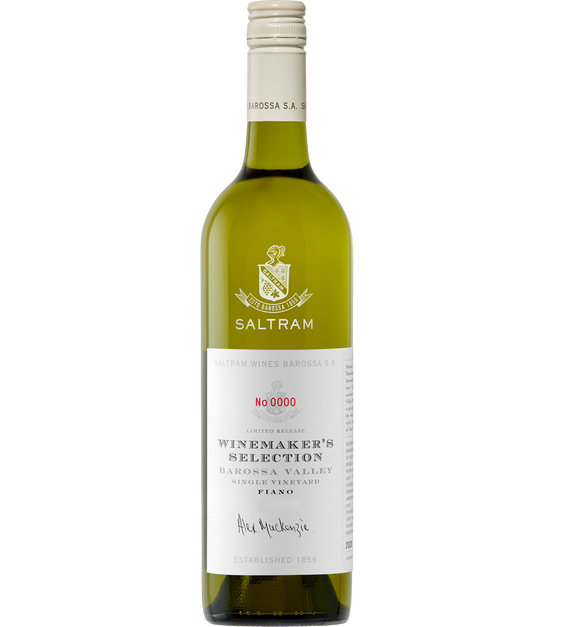You confirm you are aged 18 years or over, are of legal drinking age and that any purchases you make will be for personal use only. By selecting the “Remember Me” option, you consent to us using cookies to remember the validation of your year of birth. See our Privacy Policy for information on how TWE handles your personal information.
Winemaker's Selection Barossa Valley Fiano 2024
Winemaker's Selection Barossa Valley Fiano 2024
Winemaker's Selection Barossa Valley Fiano 2024
Overview
Overview
No history of the Barossa Valley or the Australian wine industry is complete without the mention of Saltram. Established in 1859 by William Salter & Sons, Saltram wines have a proud history of more than 160 years for quality winemaking, innovation and a commitment to the Barossa region.
The Saltram Winemaker’s Selection Barossa Valley Fiano is harvested from our vineyard situated on the Southern end of the Barossa Valley, near Lyndoch. The Winemaker's Selection was introduced to allow experimentation and special parcels of fruit to remain separate so that they can show their true colours. Senior winemaker Alex MacKenzie believes Fiano is an emerging Barossa varietal well suited to the region, demonstrating an ability to make complex aromatic and textured wines.
| Varietal | Fiano |
|---|---|
| Vintage | 2024 |
| Country | Australia |
| Region | Barossa Valley |
| Volume | 750 mL |
| Closure | Screw Cap |
| Alc/Vol | 12.5% |
| Peak Drinking | Enjoy Now - 2030 |
| Winemaker | Alex MacKenzie |
Taste Description
Taste Description
Nose
The wine has lifted aromatics reminiscent of freshly picked elderflower, a hint of tropical fruit, and complemented by citrus peel.
Flavours and Palate
The palate is fresh and textural with a seamless mouthfeel, showcasing bright flavours of citrus fruits and finishing with tropical fruits. Mouth-watering crisp acidity cleanses the palate. Perfect for fresh seafood and Mediterranean inspired dishes.
Awards and Accolades
Awards and Accolades
| Silver | 2025 Barossa Wine Show |
Viticulture
Viticulture
VINTAGE CONDITIONS
The 2023/2024 growing season was warmer than the previous 3 seasons. Soil moisture was below average due to the dry Winter and Autumn- setting up the season ahead with next to no disease pressures. These dry conditions saw the grapes phenology mature in line with sugar levels, producing full flavored wines which retained their natural acidity.
